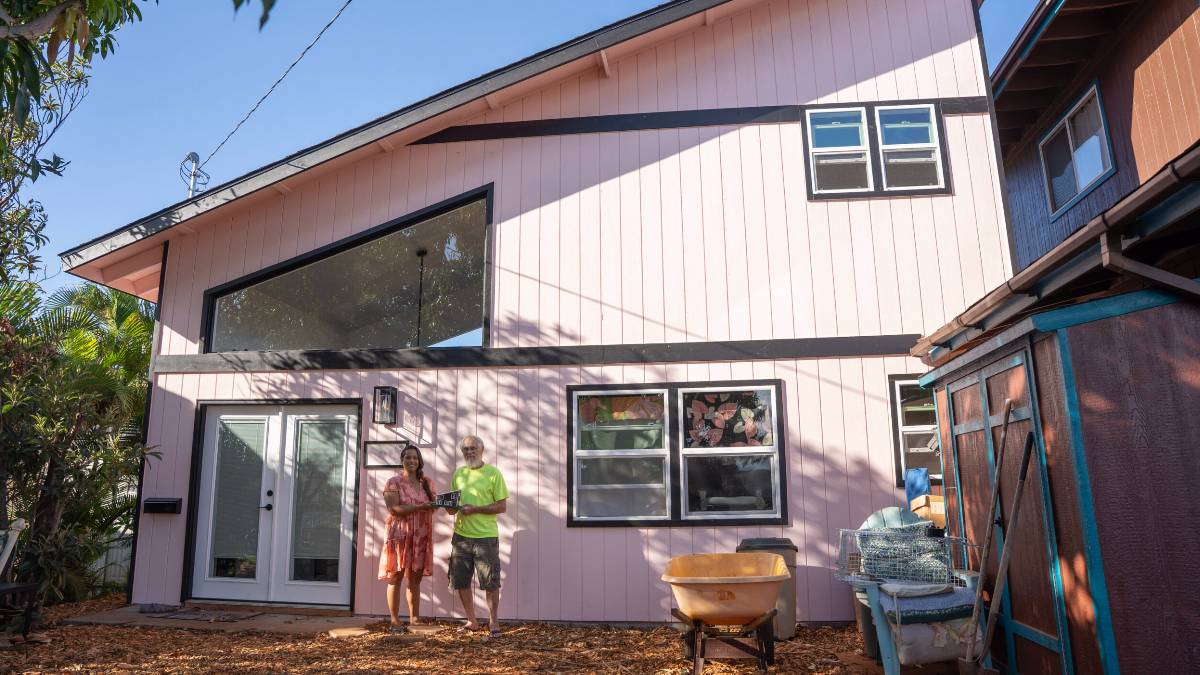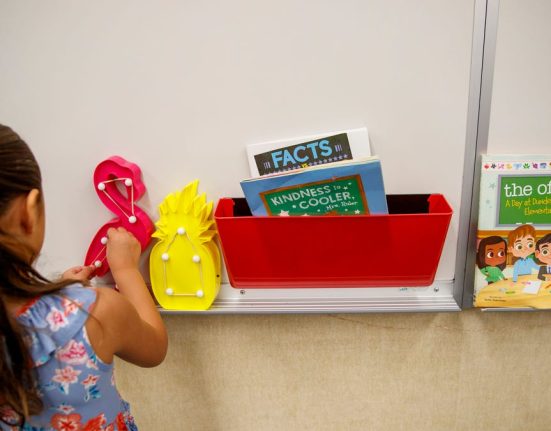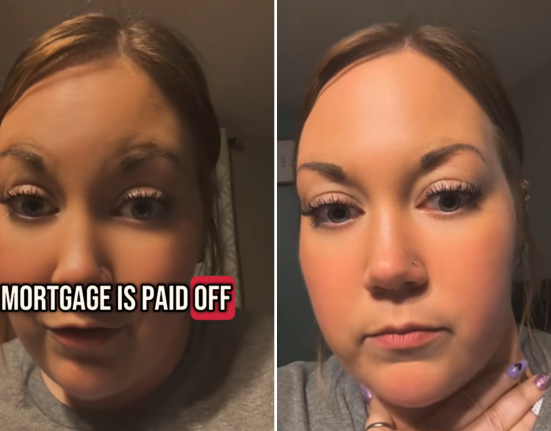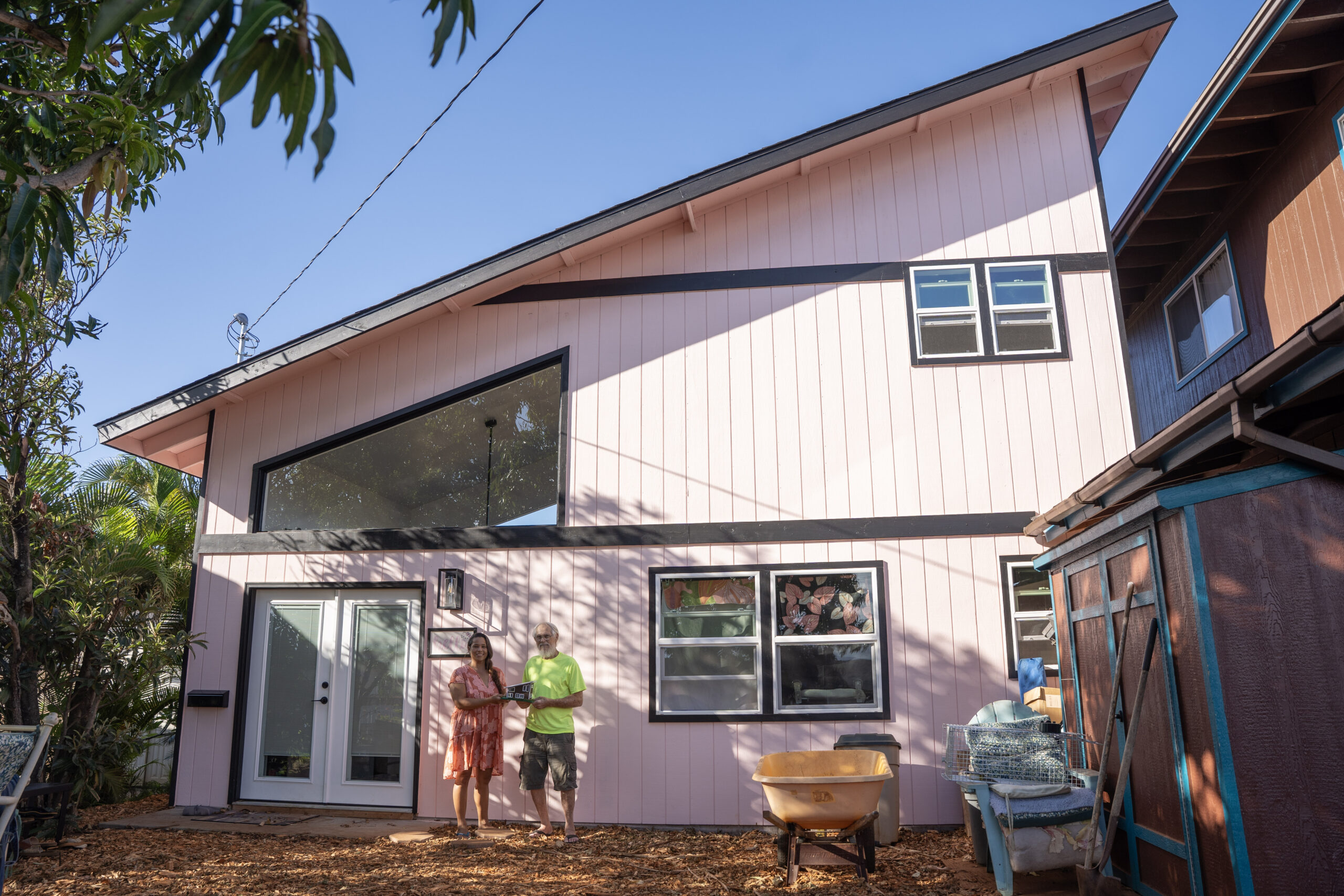
PĀʻIA — Claude Moreau affectionately calls his kids “boomerangers,” because they keep coming back to live with him.
His son’s family of four moved in after bouncing around hotels for nearly a year following the destruction of their home in the August 2023 Lahaina fire.
HJI Weekly Newsletter
Get more stories like these delivered straight to your inbox. Sign up for the Hawai‘i Journalism Initiative’s weekly newsletter:
ADDING YOU TO THE LIST…
His daughter and son-in-law, both public schoolteachers, also lived with him for two years to save money for their own place.
So when the family heard about the Maui County ‘Ohana Assistance Pilot Project that was offering up to $100,000 to help people build ‘ohana units, Claude Moreau said: “We were all excited.”
They secured a building permit, applied for the program, and then they waited. And waited.
“It never happened,” Moreau told the Maui County Council last month. “We never got the money, and we’ve been trying for months and months to figure out what’s going on. What’s the story? Where’s the money?”
The Moreaus are among dozens of applicants who sought help through the program and have yet to see the funds.
Housing Director Richard Mitchell told the council in an April 11 letter that county attorneys are working on the legal documents so the department can distribute the money, but he did not give a timeline.
“The Department will be able to proceed with issuing grants as soon as Corporation Counsel approves the final documents,” Mitchell said in an email to the Hawai‘i Journalism Initiative on Friday. “The Department has advised applicants to proceed with building their Ohanas, if possible, until the program documents have been approved.”
But Susie Thieman, executive director of the nonprofit Lokahi Pacific that was contracted last year to help the county vet applicants, said that wasn’t the point of the program, and she worries the major investment could set back local families who were counting on the help.
“You want them to go out and borrow money to build this on the basis that you say at some point in time, they’re going to get reimbursed?” she said.
But for families like the Moreaus, it was a risk they had to take.
HELP FOR HOUSING
Maui County Council Chair Alice Lee, who previously had served as the county’s housing director, said she had often heard people suggest that the county should provide financial aid to help build ‘ohana units. Lee thought it was “a great idea.”
Plenty of residents have large lots with space to add a small unit, she said. Some wanted to help out a local family. Others wanted a place for their adult children or elderly parents.
“It’s going to help with the housing crisis, and it doesn’t require new infrastructure,” Lee told the Hawai‘i Journalism Initiative, pointing out the lots already come with water and sewer service, as well as proper zoning.
Lee introduced the bill to create the program, which the council passed in June 2023, two months before the Lahaina and Upcountry wildfires exacerbated the island’s housing woes. The council also put aside $2.75 million for the program in the fiscal year 2024 budget.
Originally, the plan was to offer people grants of up to $50,000. In January 2024, the council passed a bill increasing the maximum grant size to $100,000 but kept the total funding the same. The grants might not cover something luxurious, “but it would substantially contribute to the cost,” Lee said.
The grants were supposed to be given in four installments at each on-site inspection: first upon award approval, second after passing the foundation and framing inspections, third after passing preliminary or rough plumbing and electrical inspections, and fourth after passing final plumbing, electrical and building inspections, according to county guidelines.
In exchange for receiving financial help, the grant recipients had to agree to rent the housing to permanent, full-time Maui County residents at residential workforce rates for at least 10 years. The applicants had to be owners of the property and live there full time, and the ‘ohana unit could not be used as a vacation rental. Units could not qualify if they already were under construction.
Nearly a year ago, in June 2024, the county posted a notice that it had awarded the program’s contract to Lokahi Pacific, a nonprofit housing and community development organization in Wailuku that has been in existence since 1971.
The program kicked off on July 1, with a deadline of July 31. Lokahi Pacific received 114 applications, Thieman said. Of those, 53 were complete, including 18 with building permits and 35 with building permits pending. The remaining 61 were incomplete.
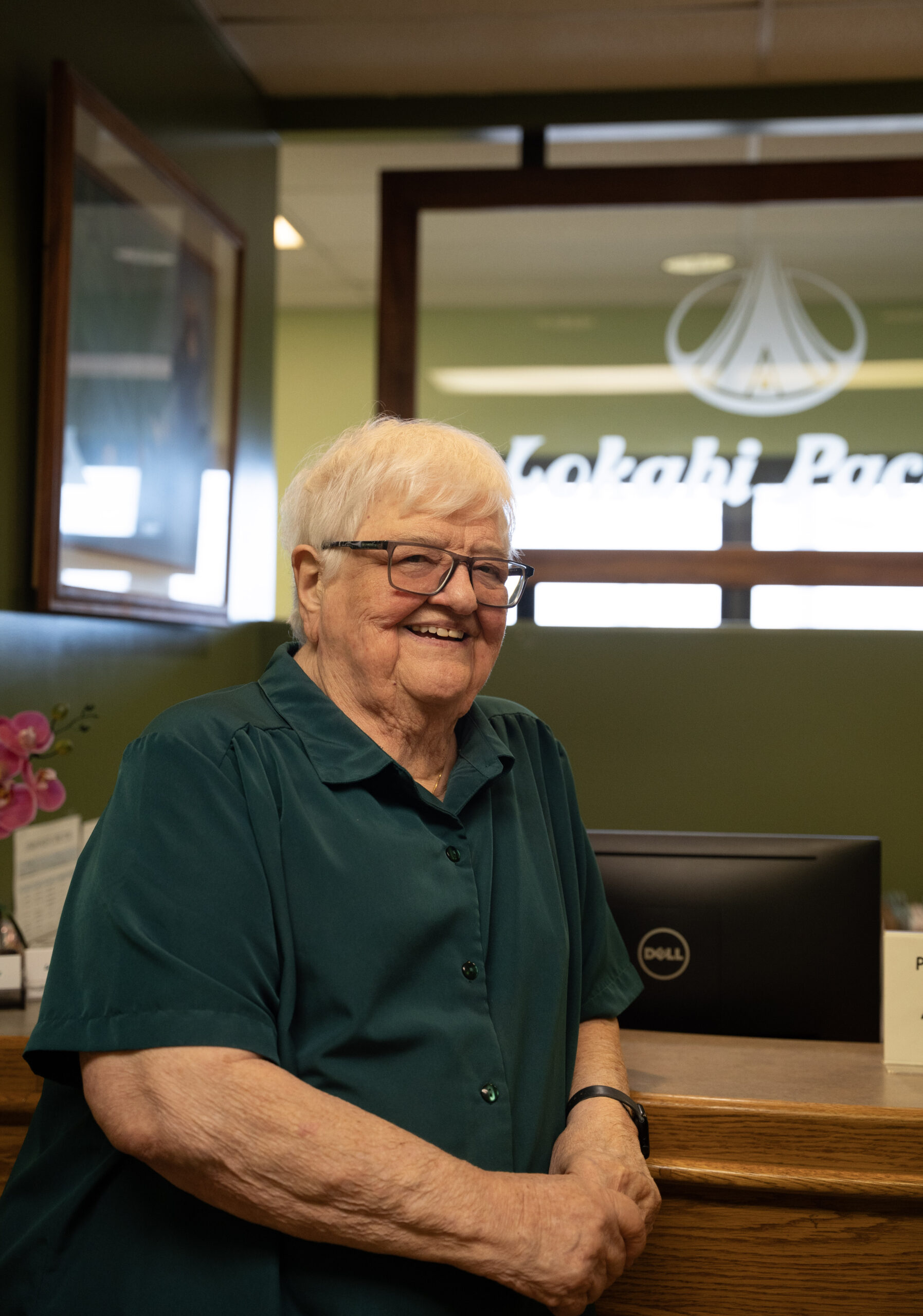
Thieman said a three-person committee of a realtor, a builder and a banker reviewed the applications “to see if this was a doable thing for the families and they weren’t just pie in the sky and would build whatever they could with the money they got.” They were scored on a 100-point system that took into account the site plan, budget and funds, reason for the project and the timeline, among other factors.
“Shovel ready is what we were asking for,” Thieman explained.
Lokahi Pacific finished screening and ranking applicants and sent the county a report in August.
Three months went by. Thieman started getting calls from people who had qualified but didn’t know what was happening with their applications. They wanted to start their projects before rebuilding ramped up in Lahaina and prices started rising even more.
“I had to tell them, it’s out of our hands,” Thieman said.
In the meantime, the county realized there had been an error in its contract with Lokahi Pacific, Thieman said. In bidding documents submitted to the county in March 2024, Lokahi Pacific said it had only proposed receiving $250,000 to provide professional services, including vetting the applications and providing an annual report for the 10-year terms.
The contract, however, included the full $2.75 million, and Thieman said she was told by the county that the full amount had to be included to show the funds were reserved for the project. However, when she sat down with department staff beforehand to go over the program’s guidelines and divide responsibilities, she said that Lokahi Pacific never agreed to award the grants. She said the county needed to do it because they were essentially putting a lien on the property to ensure the owners met the 10-year terms.
Thieman said the county tried to push Lokahi Pacific into awarding the grants, with Mitchell telling her in a Nov. 27 email that “we’re disappointed that Lokahi Pacific is refusing to amend the professional services agreement.” But, she said, she wasn’t comfortable handling the legal work.
“I had been assured that the contract I signed was what was going to work, and then as it turned out, it wasn’t. … They weren’t going to do their part, and I couldn’t go past that. I mean, it put me on hold and it put Lokahi’s name at risk,” Thieman said.
The two sides mutually terminated the contract on Nov. 30, and Lokahi Pacific was paid just under $32,000 for its work, Thieman said.
Even Thieman has struggled to get answers on the status of the program.
”It’s the best kept secret in town,” she said.
The Housing Department told the Hawaiʻi Journalism Initiative in a statement Thursday that there was “a significant delay after it was discovered that the contract awarded to Lokahi Pacific was a professional services agreement rather than a grant agreement.”
This is despite both the June 5 notice to proceed and the contract with Lokahi Pacific describing the work as “professional services.” The contract is signed off by three county officials: then-Acting Director of Finance Maria Zielinski, then-Director of Housing and Human Concerns Lori Tsuhako and Deputy Corporation Counsel Yukari Murakami.
Mitchell explained Friday that after the county entered the agreement with Lokahi Pacific on May 23, county lawyers pointed out several issues with the contract in September, including that all $2.75 million in grant funds for the program had been “incorrectly encumbered” under the contract. The money was supposed to be used as follows: $2,567,500 for grants, $182,500 for the first year of Lokahi’s administrative services and $7,500 each year for the next nine years of administrative services.
However, Mitchell said, “the Scope of Work was ambiguous on whether the County or Lokahi was primarily responsible for issuing grants, and crucially the professional services agreement with Lokahi only allowed for the payment of costs for services (labor, time) as an allowable cost, and not grants.”
Putting all the program funds in the contract meant “there was nothing left in the fund for grants to awardees.”
“These issues had to be resolved for the program to move forward,” Mitchell said.
One solution was to terminate the contract, pay Lokahi for its services and then provide a grant to Lokahi for administrative fees and disbursement of the funding.
In November, the department sent a contract amendment to Lokahi, which Lokahi declined to sign. Mitchell confirmed Lokahi was paid $31,644.49.

After the contract ended, the funding had to be reappropriated, the department said. In December, the council passed a law that gave the department the authority to administer the program internally. They passed another law in January that recognized the nearly $2.72 million remaining disencumbered funds from the canceled contract and allowed the department to fund the program internally, Mitchell said in his April 11 letter to the council.
The funding made available through the bill will allow the department to help at least 20 families, according to Mitchell’s letter. There are currently 16 ranked applications with approved permits to build an accessory rental dwelling and 26 ranked applications with permits pending approval. The 16 awardees come out to a total value of $1.57 million, Mitchell told HJI. The 26 waitlisted awards total nearly $2.58 million and will depend on whether funds are available and the applicants get permits.
The department said that “homeowners who were notified by Lokahi Pacific that their applications were completed and who were recommended to receive grant funding would be eligible to have their costs reimbursed if they have already started or completed construction.”
DONE WAITING
Still unsure if they would ever get the funds, and their main house overcrowded, the Moreaus took a chance and started building the ʻohana for their daughter, Charme Moreau Taksony.
At one point, there were 12 people living in the four-bedroom, 2,700-square-foot home in Skill Village — Moreau and his wife; their son, his wife and two kids; their daughter, her husband, their teenage son and their adult son with his wife; and Moreau’s brother.
Moreau is a handyman, and his brother builds homes. Together, they started work on the 464-square-foot ‘ohana unit around September. With the help of contractors, they made the most of the limited space, resulting in a roomy and airy studio with a loft and a slanted roof designed by one of Taksony’s Maui High students in a drafting class and brought up to code by a professional architect.
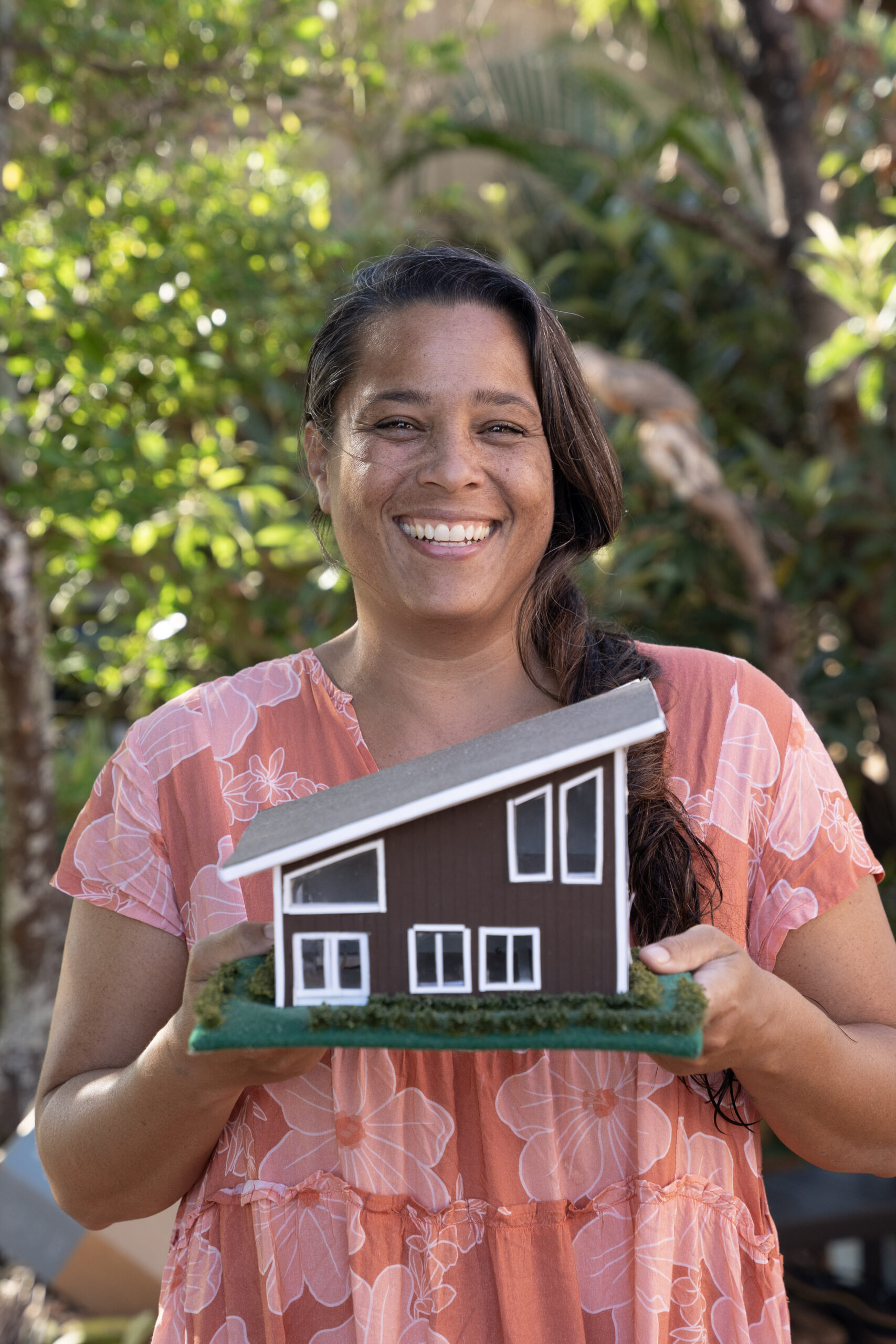
Taksony poured all of the $30,000 she’d saved by living at home into the project and Moreau and his wife drained their retirement fund, eliminating whatever cushion they had. Moreau and his wife, both in their mid-70s, now “have nothing to fall back on” if health issues come up, and Taksony said it’s back to “living paycheck to paycheck.”
“But you know, that’s what you have to do in Hawai‘i,” Moreau told the Hawaiʻi Journalism Initiative. “Family sticks together.”
Since his son’s family left around March for a condo in Kīhei, and his daughter’s family moved into the ‘ohana unit a couple weeks ago, Moreau admitted it’s nice that “I don’t have to step on 20 slippers when I go out the front door.” But he was happy to do it. Young people now “almost have no chance” at owning a home, he said.
The ‘ohana unit they built cost about $130,000 to $140,000, which Taksony said is more than it cost to build the family’s main home in 1988.
Her father said that trying to get answers from the Housing Department about the program funding was “like dealing with a brick wall.”
“The intention of the program was really good,” Moreau said. “They did it for the right reasons. It just wasn’t carried out well.”
He pointed out that each of the 114 applicants represents a family who needs a place to stay, meaning that hundreds of residents are likely in limbo.
“I just feel like it’s not something that’s impossible or actually very hard to fix,” Taksony said. “While they are figuring it out and taking their time … there’s real people whose lives are being affected.”
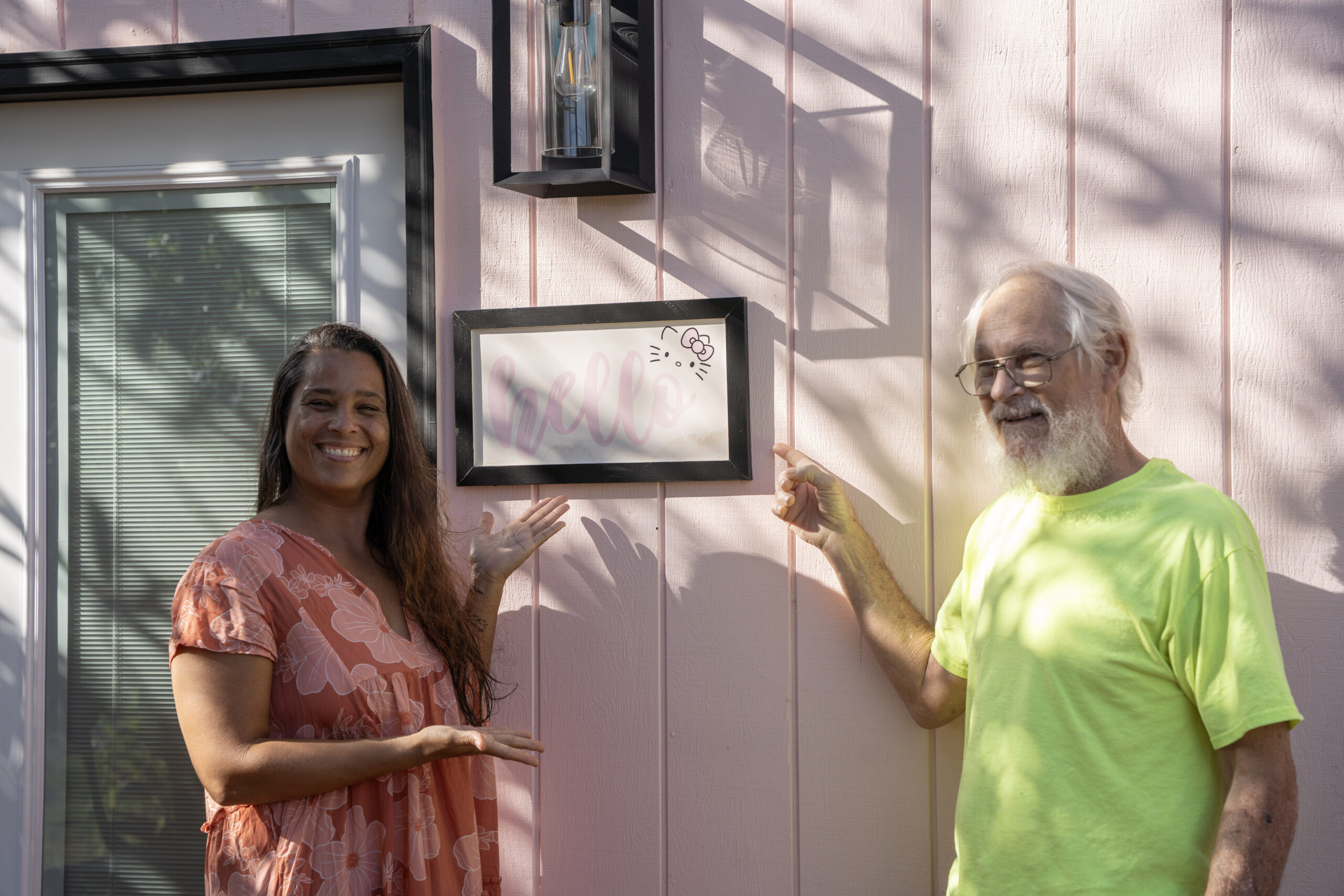
Lee and Thieman both pointed out that the program rolled out at the same time the county was going through a major transition of splitting the Department of Housing and Human Concerns into two separate departments by July 1. Mitchell did not become the official housing director until August, after being appointed Mayor Richard Bissen in June and confirmed by the council.
“I think that played a big role in having to get organized as a separate department, moving locations, dividing up the staff, being short a number of key positions,” Lee said. “And hopefully he’s starting to get a handle on these things. … We’ve had a number of conversations. He knows that this is a top priority for the council and he committed to us that it’s going to be a top priority for him.”

Thieman said the department staff she’d been working with on the program either resigned or retired.
“Basically when you get down to the bottom line, it was a victim of the timing,” Thieman said.
In the coming fiscal year, the department is proposing to increase its staff from 39 to 49, Mitchell said in an April 2 letter to the council. As of March 22, there were 18 vacancies.
He told the Hawaiʻi Journalism Initiative that a department staffer assigned to the program took several extended leaves of absence in February and March. Mitchell himself took over the program in April, revised the documents and sent them to Corporation Counsel on April 8 for review. That same month, the staffer previously responsible for managing the program retired.
Lee said she’s been “very disappointed” with the program’s delays but wants to see it succeed. She said the funding is in the county’s Homeowner Programs Revolving Fund, ready to use, and she added that as long as people are applying, “I intend to keep the program funded.”
“I’m hoping people will not be deterred because of the inauspicious start of this program,” Lee said. “But it did have legitimate challenges, and hopefully the new director is meeting them one by one.”

